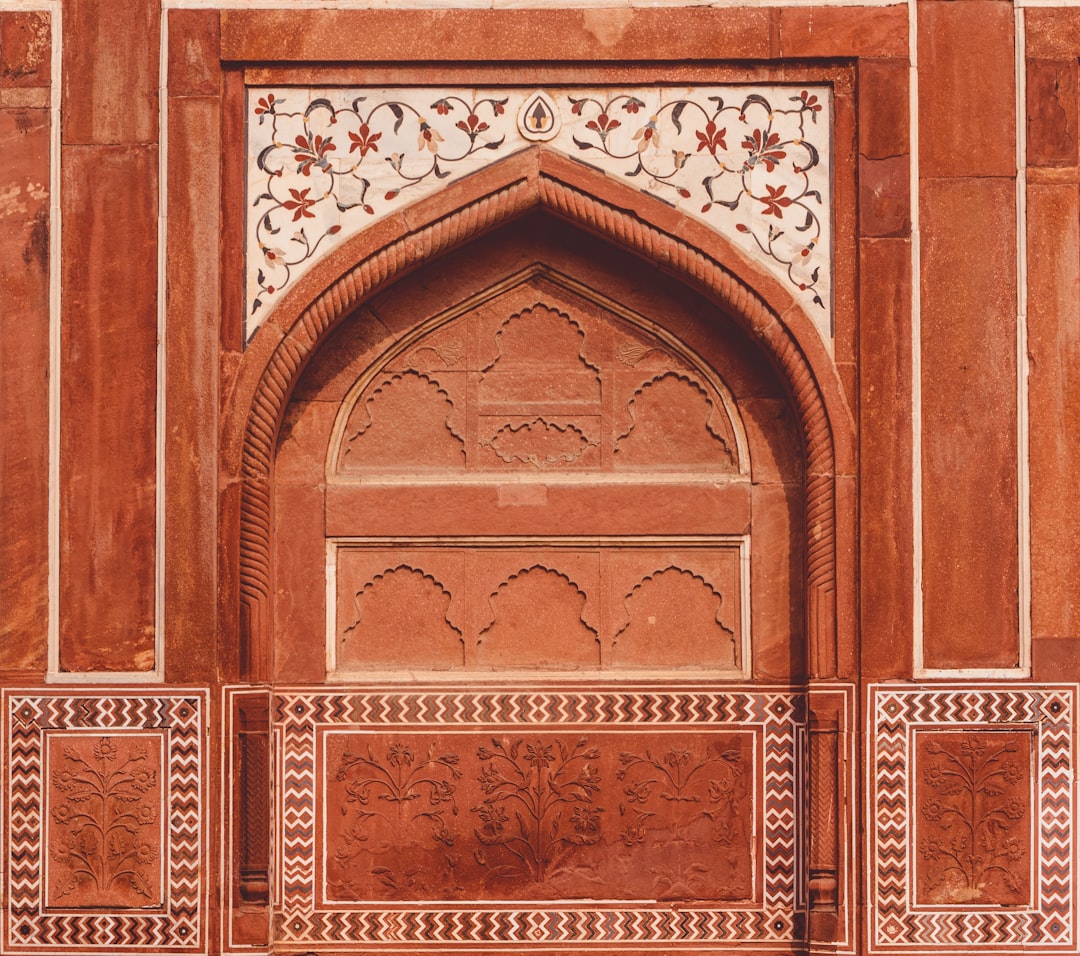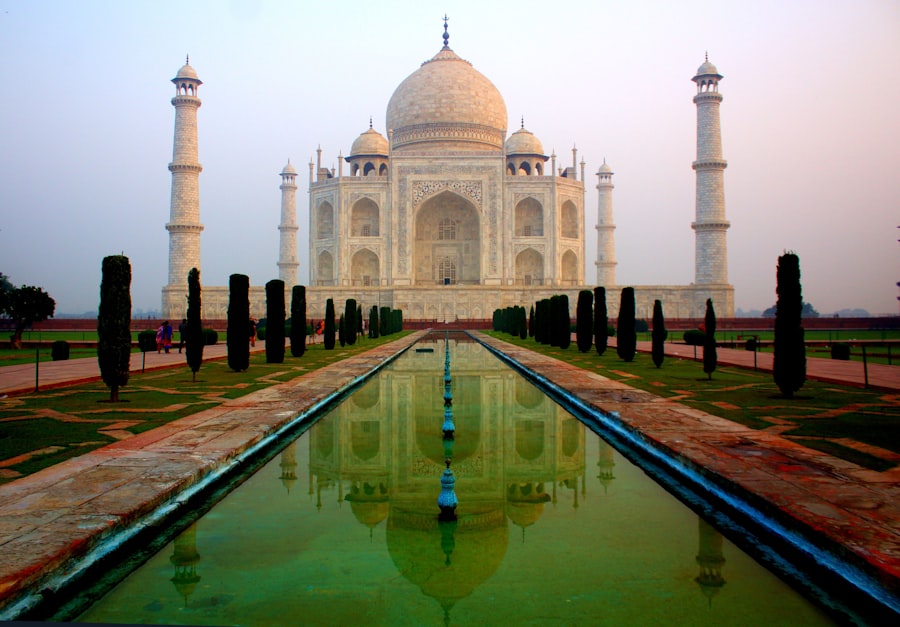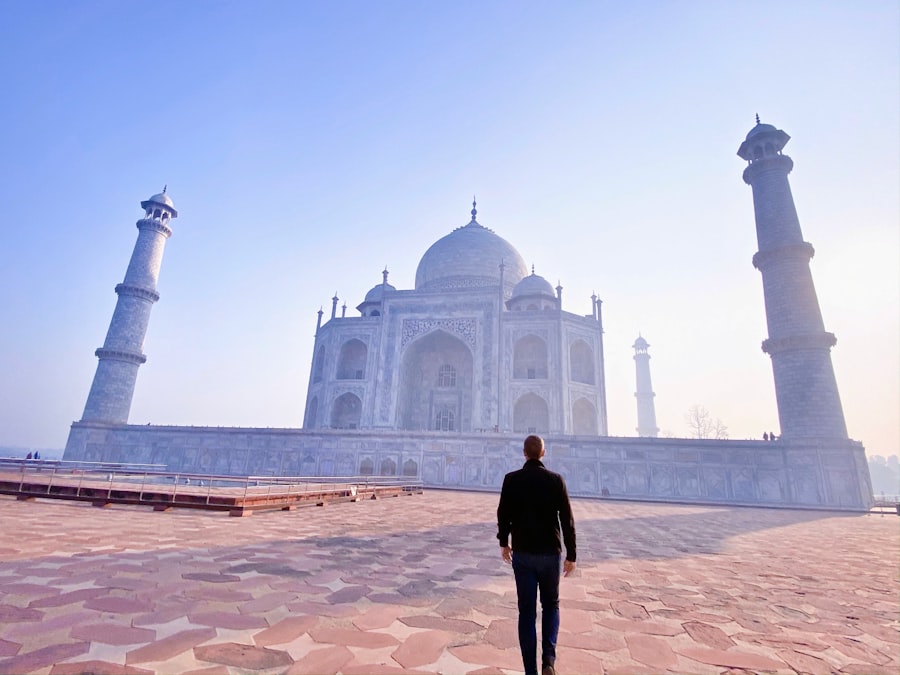
India, a vast subcontinent located in South Asia, is a land of remarkable diversity and rich heritage. Spanning over 3.2 million square kilometers, it is the seventh-largest country in the world and the second-most populous, with over 1.4 billion inhabitants. This immense nation is characterized by its multitude of languages, religions, and ethnic groups, making it a vibrant tapestry of cultures.
The Indian civilization is one of the oldest in the world, with roots tracing back thousands of years, and it has been shaped by a myriad of influences, including indigenous traditions, invasions, and colonialism. The geographical landscape of India is equally varied, ranging from the towering peaks of the Himalayas in the north to the serene beaches of the Indian Ocean in the south. The country is home to numerous rivers, including the sacred Ganges and the mighty Brahmaputra, which have played a crucial role in shaping its culture and economy.
India’s climate varies significantly across regions, with tropical conditions in the south and temperate climates in the north. This diversity not only contributes to the country’s stunning natural beauty but also influences its agricultural practices, cuisine, and lifestyle.
Key Takeaways
- India is a diverse and vibrant country located in South Asia, known for its rich history, culture, and natural beauty.
- Must-see places in India include the iconic Taj Mahal, the bustling city of Mumbai, the serene backwaters of Kerala, and the majestic Himalayas.
- Historical and cultural sights in India range from the ancient ruins of Hampi to the spiritual city of Varanasi, and the colorful palaces of Rajasthan.
- India is home to natural wonders such as the picturesque beaches of Goa, the lush tea plantations of Darjeeling, and the breathtaking landscapes of Ladakh.
- Interesting facts about India include being the birthplace of yoga, the largest democracy in the world, and the home of the Bengal tiger.
- Tips for traveling in India include respecting local customs, being cautious with street food, and dressing modestly, especially when visiting religious sites.
Must-see Places in India
When it comes to must-see places in India, the list is extensive and varied, reflecting the country’s rich history and cultural heritage. One of the most iconic landmarks is the Taj Mahal in Agra, a UNESCO World Heritage Site and a symbol of love built by Mughal Emperor Shah Jahan in memory of his wife Mumtaz Mahal. This magnificent white marble mausoleum is renowned for its intricate carvings and stunning symmetry, attracting millions of visitors each year.
The Taj Mahal’s beauty is particularly enchanting at sunrise and sunset when it glows with a soft golden hue. Another essential destination is Jaipur, known as the Pink City due to its distinctive terracotta-colored buildings. Jaipur is part of India’s famed Golden Triangle tourist circuit, which also includes Delhi and Agra.
The city boasts impressive forts and palaces, such as the Hawa Mahal, or Palace of Winds, which features intricate latticework and numerous windows designed for royal women to observe street festivities without being seen. The Amer Fort, perched on a hilltop, offers breathtaking views and showcases exquisite Rajput architecture. Visitors can also explore local markets filled with vibrant textiles, jewelry, and handicrafts that reflect the region’s artistic heritage.
Historical and Cultural Sights

India’s historical and cultural sights are a testament to its rich past and diverse traditions. The ancient city of Varanasi, situated on the banks of the Ganges River, is one of the oldest continuously inhabited cities in the world. It holds immense spiritual significance for Hindus, who believe that bathing in its sacred waters can cleanse one’s sins.
The ghats of Varanasi are bustling with activity as pilgrims perform rituals, while evening Aarti ceremonies illuminate the river with flickering lamps and chanting prayers, creating a mesmerizing atmosphere. In contrast to Varanasi’s spiritual allure, Delhi offers a blend of historical monuments that reflect its status as a former capital of various empires.
Nearby lies Humayun’s Tomb, an early example of Mughal architecture that inspired the design of the Taj Mahal.
Each of these sites tells a story of India’s complex history and cultural evolution.
Natural Wonders of India
| Wonder | Location | Description |
|---|---|---|
| Himalayas | Northern India | The highest mountain range in the world, home to diverse flora and fauna. |
| Sundarbans | West Bengal | Largest mangrove forest in the world, known for its Royal Bengal tigers. |
| Valley of Flowers | Uttarakhand | A UNESCO World Heritage Site, famous for its meadows of endemic alpine flowers. |
| Andaman and Nicobar Islands | Bay of Bengal | Known for its pristine beaches, coral reefs, and marine life. |
India’s natural wonders are as diverse as its cultural heritage, offering breathtaking landscapes that captivate travelers. The Himalayan mountain range, which stretches across northern India, is home to some of the highest peaks in the world, including Mount Everest. This region attracts trekkers and adventure enthusiasts seeking to explore its rugged terrain and pristine beauty.
The picturesque hill stations like Manali and Shimla provide a refreshing escape from the heat of summer while offering stunning views of snow-capped mountains. In stark contrast to the mountains are India’s lush tropical forests and wildlife sanctuaries. The Sundarbans mangrove forest, a UNESCO World Heritage Site located in West Bengal, is famous for being home to the elusive Bengal tiger.
This unique ecosystem is interspersed with rivers and tidal waterways that support a rich biodiversity. Visitors can embark on boat safaris to witness not only tigers but also various species of birds and aquatic life that thrive in this unique habitat. Additionally, Kerala’s backwaters offer a serene experience as houseboats glide through tranquil waters surrounded by palm trees and rice paddies.
Interesting Facts about India
India is a country filled with intriguing facts that reflect its complexity and uniqueness. For instance, it is home to more than 1,600 spoken languages, making it one of the most linguistically diverse nations in the world. Hindi is the most widely spoken language, but English serves as an associate official language and is commonly used in business and education.
This linguistic diversity is accompanied by an equally rich tapestry of religions; India is the birthplace of Hinduism, Buddhism, Jainism, and Sikhism while also hosting significant populations of Muslims, Christians, and other faiths. Another fascinating aspect of India is its culinary diversity. Indian cuisine varies dramatically from region to region due to differences in climate, geography, and cultural influences.
For example, North Indian cuisine often features rich gravies made with dairy products like paneer (cottage cheese) and ghee (clarified butter), while South Indian dishes are characterized by rice-based meals accompanied by coconut chutneys and sambar (a lentil-based vegetable stew). Street food culture thrives in cities like Mumbai and Delhi, where vendors serve up an array of snacks such as pani puri (crispy hollow balls filled with spicy water) and chaat (a savory snack made with potatoes and chickpeas).
Tips for Traveling in India

Traveling in India can be an exhilarating experience filled with vibrant sights and sounds; however, it also requires some preparation to navigate its complexities effectively. One essential tip for travelers is to embrace local customs and etiquette. For instance, when visiting religious sites such as temples or mosques, it is important to dress modestly—covering shoulders and knees—and remove shoes before entering sacred spaces.
Understanding basic phrases in Hindi or regional languages can also enhance interactions with locals and show respect for their culture. Transportation can be another challenge due to India’s vastness and varying infrastructure quality. While trains are a popular mode of travel offering scenic views across different states, booking tickets in advance is advisable due to high demand.
Alternatively, domestic flights can save time when traveling long distances between major cities. In urban areas, using ride-hailing apps like Uber or Ola can provide a convenient way to navigate through traffic while ensuring safety. Additionally, travelers should be mindful of health precautions when visiting India.
Drinking bottled water is recommended to avoid waterborne illnesses; travelers should also be cautious about street food consumption if they have sensitive stomachs. Carrying basic medications for common ailments can be helpful as well. Lastly, maintaining an open mind and being adaptable will enhance your travel experience in this dynamic country where every corner holds a new adventure waiting to unfold.
If you’re intrigued by the diverse and rich cultural tapestry of India, you might also find interest in exploring other unique destinations around the world. For instance, Bulgaria offers a similarly fascinating blend of history, culture, and natural beauty. From the ancient city of Plovdiv to the serene Black Sea coast, Bulgaria is a treasure trove of historical sites and scenic landscapes. To learn more about what Bulgaria has to offer, you can read the related article on Bulgaria Facts and Places to Visit. This could provide you with further insights into another nation rich in history and culture, complementing what you know about India.
FAQs
What are some interesting facts about India?
India is the seventh-largest country in the world by land area and the second-most populous country. It is known for its diverse culture, languages, and traditions. India is also the birthplace of major religions such as Hinduism, Buddhism, Jainism, and Sikhism.
What are some famous places to visit in India?
India is home to several famous tourist destinations, including the Taj Mahal in Agra, the Pink City of Jaipur, the backwaters of Kerala, the beaches of Goa, the Himalayan region, and the historic city of Varanasi.
What are some must-see sights in India?
Some must-see sights in India include the Taj Mahal, a UNESCO World Heritage Site and one of the Seven Wonders of the World, the ancient temples of Hampi, the forts and palaces of Rajasthan, and the wildlife sanctuaries such as Ranthambore and Jim Corbett National Park.
What is the cuisine like in India?
Indian cuisine is known for its diverse flavors and spices. Some popular dishes include biryani, butter chicken, dosa, samosas, and various types of curry. Each region of India has its own unique culinary traditions.
What are some traditional festivals in India?
India celebrates a wide variety of festivals, including Diwali, Holi, Eid, Christmas, Navratri, and Durga Puja. These festivals are often marked by colorful decorations, traditional rituals, and delicious food.



